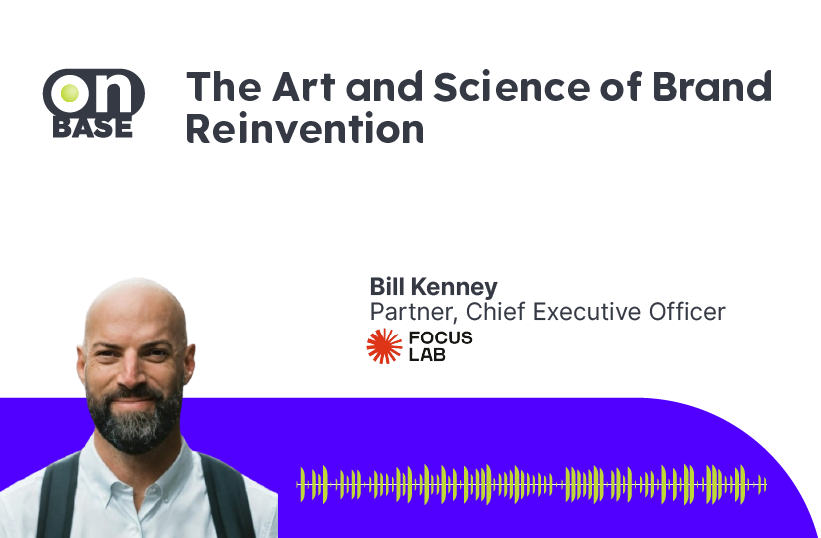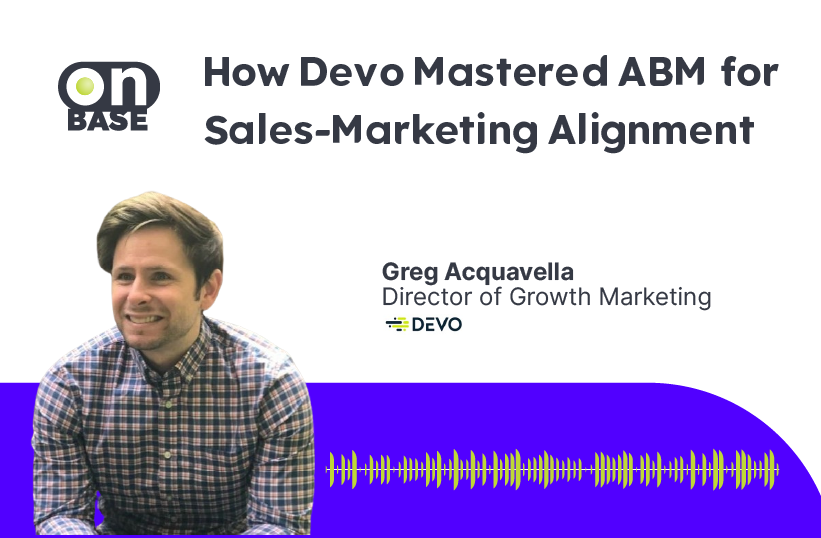
Selling Within the EdTech Market
Shownotes
Today’s guest is Jason Wilman, Head of Education Sales and GTM at Canva. Jason talks about how to sell to educators and make your products more user-friendly and intuitive. Jason discusses how the market depends on understanding the needs of educators and motivating them to use your products. That means focusing on impact rather than features, and providing training so that users can get the most out of EdTech applications.
About the Guest
Jason Wilmot is the Head of Education at Canva. Jason joined Canva in December 2020 after spending the last 17 years at Microsoft in a variety of roles focused on education. His most recent role at Microsoft was leading the K-12 Education team globally. He is now focused on working with Education leaders to inspire creativity and teamwork with Canva for Education.
Key Takeaways
- EdTech providers can help train teachers on how to use their products more effectively, making them simpler and easier to use.
- The post-covid era has seen a shift in how students are using technology, with more focus on engagement and student outcomes.
- How EdTech companies should focus on helping districts and schools set goals and assess products to ensure they are achieving desired outcomes for students.
- It is necessary to identify the individual persona and map the use case and scenario, making sure to align the offered product to those users.
Quote
“I think all goals as it relates to EdTech tool in the classroom should be aligned to student impact, and student outcome, and student engagement”.
– Jason Wilmot
“So, you wanna make sure you’re setting these proper goals, gathering information around who your customer actually is, knowing that it could be very unique in that world because the decision maker and the buyer might be”.
– Jason Wilmot
Highlights from the Episode
Could you tell our listeners a bit about your background in the education industry?
Jason has worked for the last 20 years in EdTech. First worked at Microsoft before working at Canva, where he is now the Head of Education Sales. He is also the president of a local nonprofit in Seattle, where they support over 250 families.
What’s unique about selling to K-12 and higher education verticals?
The unique thing is that having multiple types of clients in one group: a traditional enterprise user, a student, and a teacher or a professor. So, it is important to know how to connect with these individuals and what strategy will be applied to the type of client that the product is going for. For example, the student in higher education is not only the consumer, they’re the product in some cases for a higher education institution. That is why Jason recommends thinking about the individual personas in education and mapping the use case and scenario, making sure that the product aligns with those users.
Could you share some insight into the shift happening within the education space, where IT and curriculum are now coming together to think about how Edtech can support student learning outcomes?
When COVID hit, the advance and adaptation of EdTech skyrocketed, due to the demand for devices and the need for every student to be connected. The IT departments had a great role in enabling students to connect and be part of virtual classes. That is why Jason argues the need for EdTech to be focused on making an impact on both the student and the teacher, and improving the performance overall. EdTech implementation in classrooms needs to improve the outcome of the student, no matter what the subject may be. And ultimately, the EdTech objective is also to be impact-driven to how the teacher can be benefited in their work.
Can you explain the customer lifecycle within these 2 areas: K-12 & Higher Ed? How do you connect with them as a seller?
K-12 and Higher Ed purchasing cycles have very lengthy evaluation periods. The evaluation period for a district is thinking about assessing the product and setting goals for the product. Ultimately what that leads to is setting the goals of the product, defining how many people are going to use it and what use has in the classroom.
All goals as it relates to EdTech tools in the classroom should be aligned to student impact and student outcome and student engagement. Goal setting is a different constituent than it may be at an enterprise, because the customer may be the student. Still, the buyer, the decision maker may be a corporate individual. So that determines that lifecycle, it depends on the end goal and the customer.
How do you activate and drive usage within K-12 and Higher Ed?
Jason’s experience at Canva, all depends on the product design, such as UX and UI. It needs to be accessible, simple, and clear. What specifically drives usage between users and Jason shares an experience with a training course with some teachers at a school and how engaging was the product for them after the training sessions were finished.
What are some of the challenges you face while driving adoption?
Usually, the teachers or students are comfortable doing most of their work on one platform. So, the change in adoption from one platform to another can be a hassle for some people. There’s also the time that can be wasted switching from platform to platform. That’s why scaffolding is important for EdTech products, as it allows the product to be more versatile to the user.
What are some key things to remember when meeting with a customer in the K-12/ Higher education vertical as a seller?
The number one thing for Jason is not to tell a teacher how to teach. It is always about how he believes that their tool can help them. How their goals as educators align with the offered product. It is not about the applications that are going to rethink teaching in the classroom. The application is here to support the teacher. Not to take their job.
How are you and your organization adapting to the current economic downturn?
Jason explains how Canva helping others in the current economic downturn with their program Canva for Educators, where they give free subscriptions to K-12 institutions to save money and propel growth in students and teachers alike. He also explains how Canva is in a good market position on higher education, and that is why they are focusing on K-12.
Is there a book, blog, newsletter, website, or video that you would recommend to our listeners?
A book: The 10X Rule: The Only Difference Between Success and Failure by Grant Cardone
Shout-outs
Charlie Miller, PhD – Corporate Vice President of Social Learning at Microsoft
Daniella Latham – Senior Product Marketing Manager – Atlas at Atlassian

Sunny Side Up
B2B podcast for, Smarter GTM™



